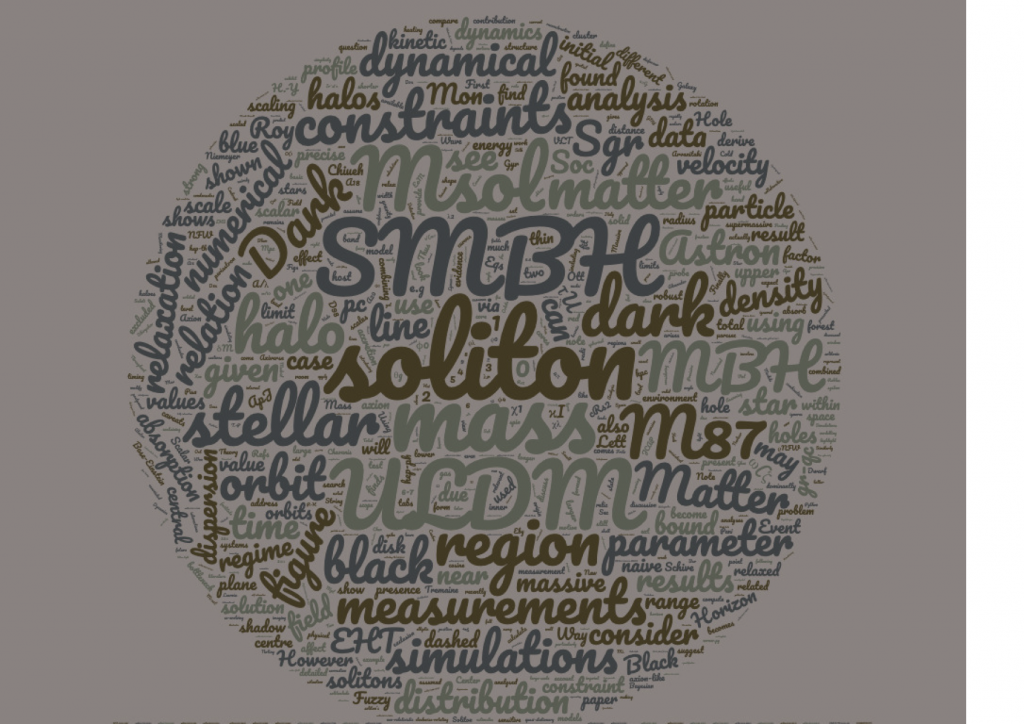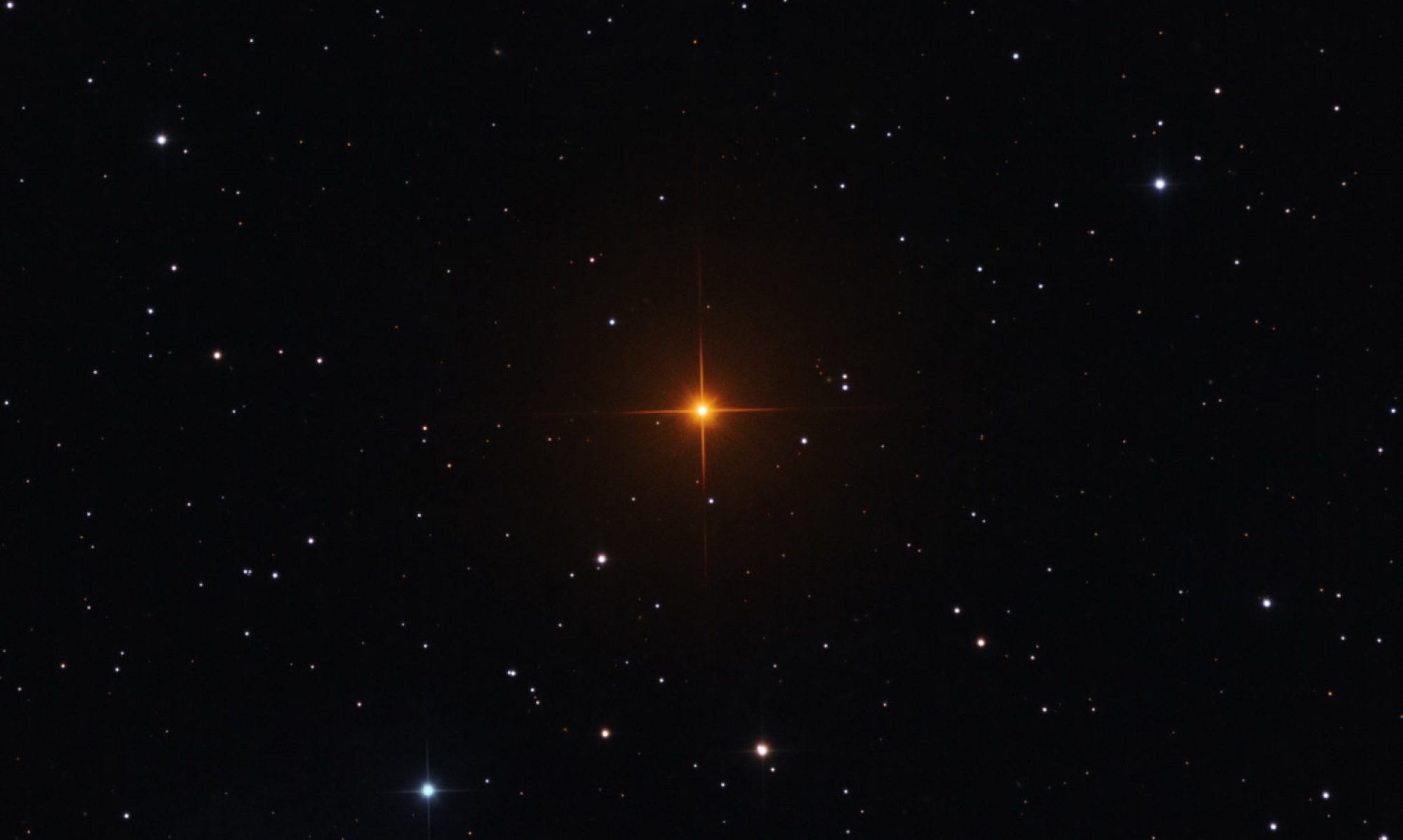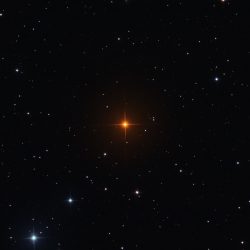[Bar, Nitsan; Blum, Kfir; Lacroix, Thomas; Panci, Paolo]

Ultralight dark matter (ULDM) has gained interest in the past few years both as an alternative to thermally produced dark matter (DM) candidates, and as a promising way to alleviate possible small-scale tensions within the cold DM paradigm, for masses between 1e-22 and 1e-21 eV. Although this particular mass range is now in tension with cosmological constraints, more general ULDM candidates still comprise the lightest possible DM candidates and as such warrant dedicated studies.
Now, measurements of the dynamical environment of supermassive black holes (SMBHs) have been steadily accumulating, becoming both abundant and precise. In this paper, we use such measurements to look for ULDM, which is predicted to form dense cores (“solitons”) in the center of galactic halos. More specifically, we search for the gravitational imprint of an ULDM soliton on stellar orbits near the supermassive black hole Sgr A* at the center of the Milky Way, and by combining stellar velocity measurements with Event Horizon Telescope imaging of M87*. Finding no positive evidence, we set limits on the soliton mass for different values of the ULDM particle mass m. The constraints we derive exclude the solitons predicted by a naive extrapolation of the soliton-halo relation, found in DM-only numerical simulations, for 2e-20 eV <~ m <~ 8e-19 eV (from Sgr A*) and m <~ 4e-22 eV (from M87*). However, we present theoretical arguments suggesting that an extrapolation of the soliton-halo relation may not be adequate: in some regions of the parameter space, the dynamical effects of the SMBH could cause this extrapolation to over-predict the soliton mass by orders of magnitude. This prevents constraints on solitons from being turned into exclusion of ranges of ULDM mass m. Dedicated numerical simulations accounting for these effects are therefore in order.

